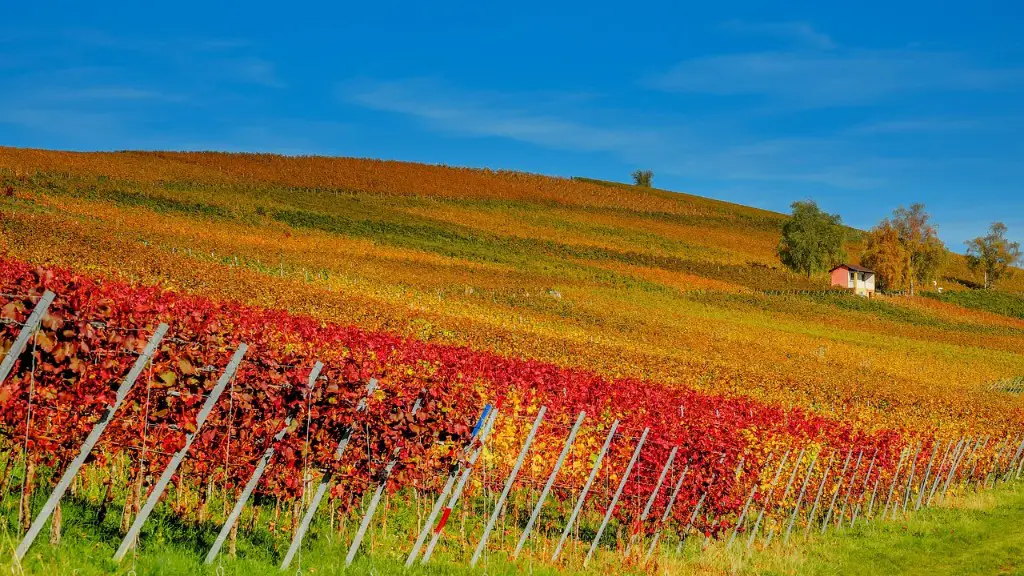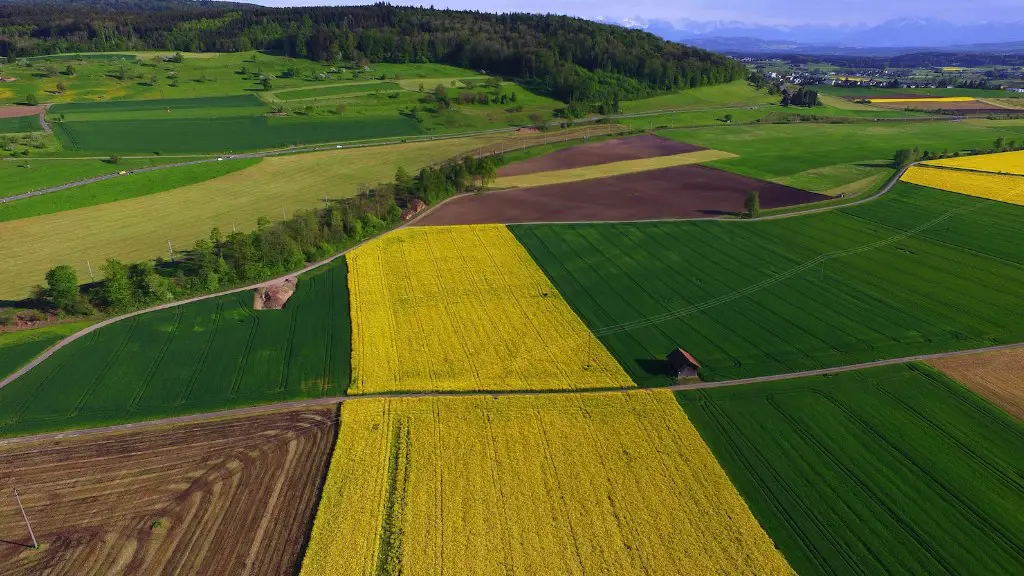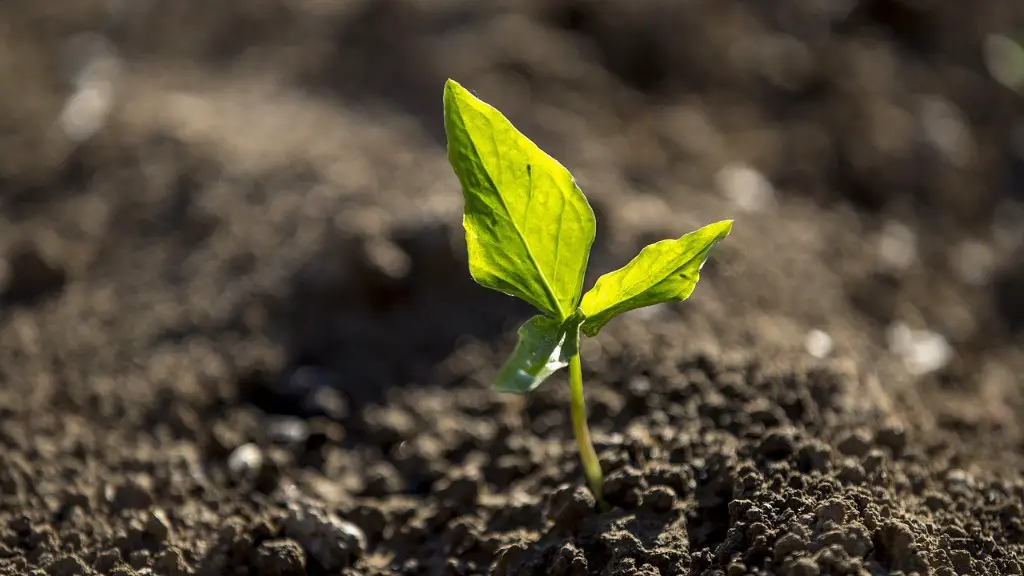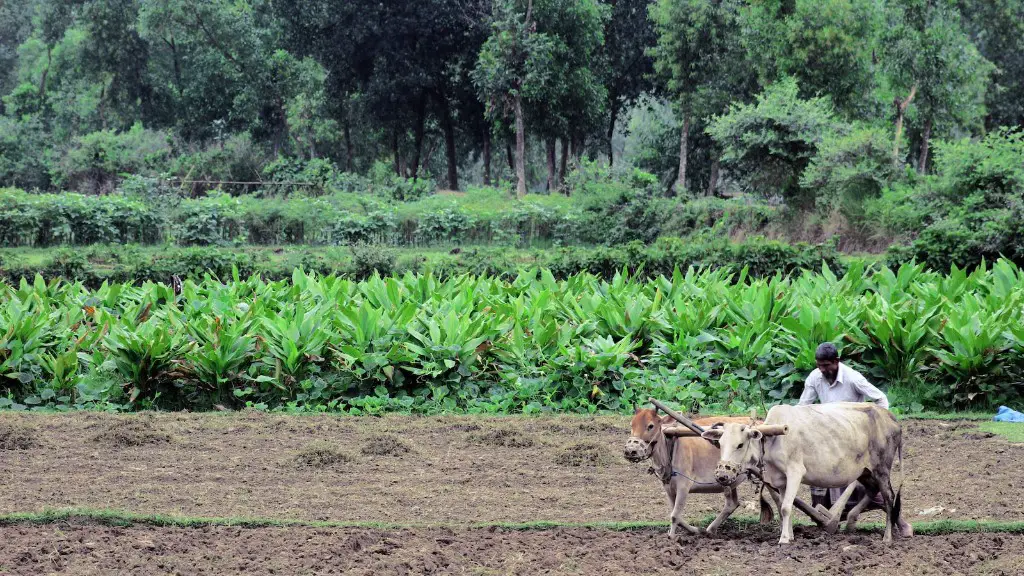In order to practice sustainable agriculture, farmers need to implement a variety of management practices that minimize the impact of their operations on the environment. This includes using crop rotations, cover crops, and other means of soil fertility management to reduce the need for synthetic inputs; managing irrigation water efficiently to minimize water use; and using precision agriculture techniques to target inputs only where they are needed. In addition, farmers need to be thoughtful about the location and design of their farm buildings and other infrastructure, to minimize the conversion of natural habitat and to protect water quality. Finally, integrating animals into the farm operation can provide many benefits, including improved soil health and pest control.
There is no one-size-fits-all answer to this question, as the specific practices involved in sustainable agriculture vary depending on the local conditions and resources available. However, some general principles of sustainable agriculture include minimized soil disturbance, diversified crop rotations, use of cover crops and green manures, Integrated Pest Management (IPM), and judicious use of agricultural inputs.
What are 3 types of sustainable agriculture?
Sustainable agriculture is a rapidly growing movement that is gaining increasing support and acceptance within our food production systems. Sustainable agriculture integrates three main goals – environmental health, economic profitability, and social equity.
environmental health:
The environmental health goal focuses on protecting and restoring the natural resources that are essential to our food production system – the soil, water, and biodiversity. This includes practices such as using less water, minimizing soil erosion and loss of nutrients, and using more environmentally friendly pest management practices.
economic profitability:
The economic profitability goal focuses on ensuring that farmers and other food producers can make a living from their work. This includes practices such as diversifying crops and products, reducing inputs costs, and increasing market access for small-scale farmers.
social equity:
The social equity goal focuses on ensuring that all people involved in the food system – from farmers to workers to consumers – have access to safe, nutritious, and affordable food. This includes practices such as ensuring fair wages and working conditions for workers, providing training and support for small-scale farmers, and increasing access to healthy food for low-income consumers.
A healthy environment is one that is clean and free of toxins. Sourcing organic food is one way to help create a healthy environment. Reducing food waste is another way to help create a healthy environment. Constructing a circular economy is another way to help create a healthy environment. Building a relationship with consumers and community is another way to help create a healthy environment. Equity for workers is another way to help create a healthy environment.
Which is the best sustainable agriculture technique
Crop rotation is a powerful technique of sustainable agriculture. Its purpose is to avoid the consequences that come with planting the same crops in the same soil for years in a row. It helps tackle pest problems, as many pests prefer specific crops.
Sustainable agriculture practices are those that protect and restore the natural resources that are used in farming, including soil, water, and biodiversity. These practices also support the economic viability of farmers and ranching operations and the health and well-being of farmers, their families, and their communities.
There are many sustainable agriculture practices that can be adopted, but some of the most common include:
Rotating crops and embracing diversity: Crop rotation helps to preserve and improve soil health, as well as control pests and diseases. A diversity of crops also helps to create a more resilient system that can better withstand shocks, such as extreme weather events.
Planting cover crops and perennials: Cover crops help to protect and restore soil health, while perennials require less water and energy to grow than annual crops.
Reducing or eliminating tillage: Tillage can cause soil erosion, compaction, and loss of organic matter. Reducing or eliminating tillage helps to preserve and improve soil health.
Applying integrated pest management (IPM): IPM is a holistic approach to managing pests that emphasizes the use of cultural, biological, and mechanical controls, as well as pest-resistant crops.
Integrating livestock and crops: Integrating livestock
What are the four ideas of sustainable agriculture?
Water is a critical resource for agriculture and improving water conservation and storage measures is crucial for sustainable agriculture. Providing incentives for selection of drought-tolerant crop species, using reduced-volume irrigation systems, and managing crops to reduce water loss can all help to reduce the impact of agriculture on water resources. Not planting at all may be the most sustainable option in some cases, but it is important to consider all options and make the best decision for the specific circumstances.
Crop rotation is an agricultural strategy that is used to prevent the loss of soil fertility. It involves growing a series of different types of crops in the same area in sequential seasons. The planned rotation may vary from a growing season to a few years or even longer periods. Crop rotation is one of the most effective agricultural control strategies that is used in preventing the loss of soil fertility.
What are the 3 main ways you could create more sustainable environment?
There are a few things you can do to be more sustainable and reduce your ecological footprint. One is to limit your food waste. Transporting and storing food for consumption uses a great deal of energy, so by eating everything you buy and not letting food go to waste, you can help reduce your impact.
Another way to be more sustainable is to eat more plant-based meals. Even one day a week of plant-based meals can make a difference. And when you do eat meat, try to source it from local, sustainable farms.
You can also reduce your impact by recycling and composting. And finally, try to leave your car at home as much as possible and reduce your plastic consumption. Every little bit helps!
Renewable energy is a hot topic lately and for good reason. Not only is it better for the environment, but it can also save your company money in the long run. If you’re looking to invest in renewable energy, here are some things to keep in mind.
The type of renewable energy you choose will depend on the power sources available in your region. Solar, wind, and hydro power are all popular choices.
Investing in renewable energy can be a significant upfront cost. However, it’s important to remember that this is an investment in your company’s future.
Make sure to do your research and compare different options before making a decision. Renewable energy is a huge commitment, but it can be a very rewarding one.
What are 10 sustainable practices
1. Avoid disposable items:
Disposable items are a huge waste of resources and generate a lot of pollution. Use reusable bags, straws, and containers whenever possible.
2. Reduce your food waste:
Food waste is a major problem worldwide. Make an effort to cook only what you need and compost any food scraps.
3. Make your own cleaning products:
Most commercial cleaning products are full of toxic chemicals. You can easily make your own safer and more environmentally friendly alternatives.
4. Grow a sustainable garden:
Gardening is a great way to reduce your carbon footprint. Use organic practices and native plants to create a sustainable garden that doesn’t require a lot of resources.
5. Buy products with less packaging:
Packaging is a major source of pollution. Avoid buying products with excessive packaging or packaging that can’t be recycled.
6. Recycle properly:
Recycling is a great way to reduce waste, but only if it’s done properly. Make sure you know what can and can’t be recycled in your area.
7. Take meat off the menu:
The meat industry is a
You can make your lifestyle greener by following these five sustainable practices:
1. Reuse paper and plastic bags for shopping.
2. Opt for paperless documents.
3. Avoid disposable kitchen items.
4. Use eco-friendly bathroom and household cleaning products.
5. Recycle old sneakers.
What is sustainable agriculture give examples?
Sustainable farming methods are those that protect and improve the natural resources upon which agriculture depends, including land, water, air, soil fertility, and biodiversity. They also support the economic viability of farm businesses and the well-being of farmers and their communities.
There are many different sustainable farming methods, and each farm or farmer will choose those that best fit their particular circumstances. However, some common sustainable farming practices include using renewable energy sources, investing in energy efficiency, practicing crop rotation, and using cover crops.
There are three main goals of sustainable agriculture: environmental protection, expanding the Earth’s natural resource base, and improving soil fertility. Sustainable agriculture practices help achieve these goals by using less water, reducing soil erosion, and using more environmentally friendly farming methods.
What are three examples of sustainable practices
Life below water: Avoiding the use of plastic bags to keep the oceans clean
It is estimated that there are currently around 5.25 trillion pieces of plastic debris in the world’s oceans. A large proportion of this plastic pollution comes from plastic bags. Every year, we use billions of plastic bags, and many of these end up in the ocean.
Plastic bags are a serious threat to ocean wildlife. They can strangle and suffocate animals, or be mistaken for food and eaten. Once eaten, the plastic can block the animal’s digestive system, causing it to starve to death.
We can help to reduce the amount of plastic pollution in our oceans by avoiding the use of plastic bags. Bring your own reusable bags when you go shopping, and refuse any plastic bags that you are offered.
Life on land: Planting trees to help protect the environment
Forests play a vital role in our environment. They help to regulate the Earth’s temperature, produce oxygen for us to breathe, and provide homes for wildlife.
Unfortunately, forests are under threat from human activity. Every year, large areas of forest are destroyed to make way for agriculture, mining, and other development. This has
Sustainable agriculture is a type of farming that is environmentally friendly and regenerative. Sustainable agriculture can include practices such as permaculture, agroforestry, mixed farming, multiple cropping, and crop rotation. These practices help to conserve resources, improve soil health, and promote biodiversity. Sustainable agriculture is an important part of creating a sustainable future.
What are 5 things you can do to keep ecosystems sustainable?
There are many things individuals can do to help protect the earth. Some simple things include reducing, reusing, and recycling; cutting down on what is thrown away; volunteering for community cleanups; and conserving water. Individuals can also educate others about protecting the earth and choosing sustainable options. Shopping wisely and using long-lasting light bulbs are also helpful. Finally, planting trees is a great way to help the environment.
A community’s economy is the lifeblood of its prosperity, providing the resources to pay for vital public services, support a thriving private sector, and invest in the future. A community’s ecology is the foundation upon which its economy and equity are built, providing the raw materials, fresh water, and clean air essential to life and commerce. A community’s equity is the measure of how fairly its economy and ecology are distributed among its people, providing the guarantee that everyone has a fair chance to benefit from the community’s prosperity.
A community that neglects any of the three E’s will eventually find its prosperity undermined. A community that prioritizes one at the expense of the others will find its progress hindered. A community that balances the three E’s will find its prosperity amplified.
What 3 things need to be considered to achieve sustainability
The three main pillars of sustainability are the environment, social responsibility, and the economy. These three pillars are also informally referred to as people, planet, purpose, and profits. Sustainability is the goal of meeting the needs of the present generation while also protecting the environment and resources for future generations.
Recycling is critical to sustainable living – it reduces our impact on the environment by reusing materials that would otherwise end up in landfill. We should all be striving to reduce, reuse, recycle in our everyday lives to help make a difference.
Processes should be in place so that recyclable materials are sent to recycling plants instead of going to landfill. This requires a bit of extra effort but it’s worth it for the positive impact it has on the environment. We can all do our part to help by being more mindful of the way we consume and dispose of materials.
Conclusion
There is no single answer to this question as sustainable agriculture practices vary depending on the specific farm or agricultural system. However, some key sustainable agriculture practices include diversifying crops, using cover crops and crop rotations, using natural fertilizers and pest control methods, and reducing tillage.
sustainable agriculture is an important part of creating a more sustainable future. It is a way of farming that protects the environment, makes efficient use of resources, and produces healthy food. There are many ways to practice sustainable agriculture, and each farm or garden is unique. By using sustainable practices, we can create a more sustainable food system that is better for the environment, our health, and the economy.





